
With one in five UK homes forecast to be without high-speed broadband by 2040, Rishi Sunk and the Government must act now to protect traditional broadcast services, a new report has cautioned. Without action, the march towards streaming-only services could leave millions without access to television or radio from broadcasters like BBC, ITV, and Channel 4.
Under current Government policy, traditional broadcasts will only be guaranteed until the early 2030s. Independent regulator Ofcom is reviewing whether this cut-off date should be extended.
Given that the UK Government is targeting 99% broadband coverage by 2030, it might seem reasonable to switch off Freeview and other traditional free-to-air broadcast services in the following decade.
But a new report from consultancy firm EY has highlighted the significant gap in broadband uptake. If that persists, 18% of UK homes will be left behind ―leaving over 5.5 million premises unable to tune into live television.
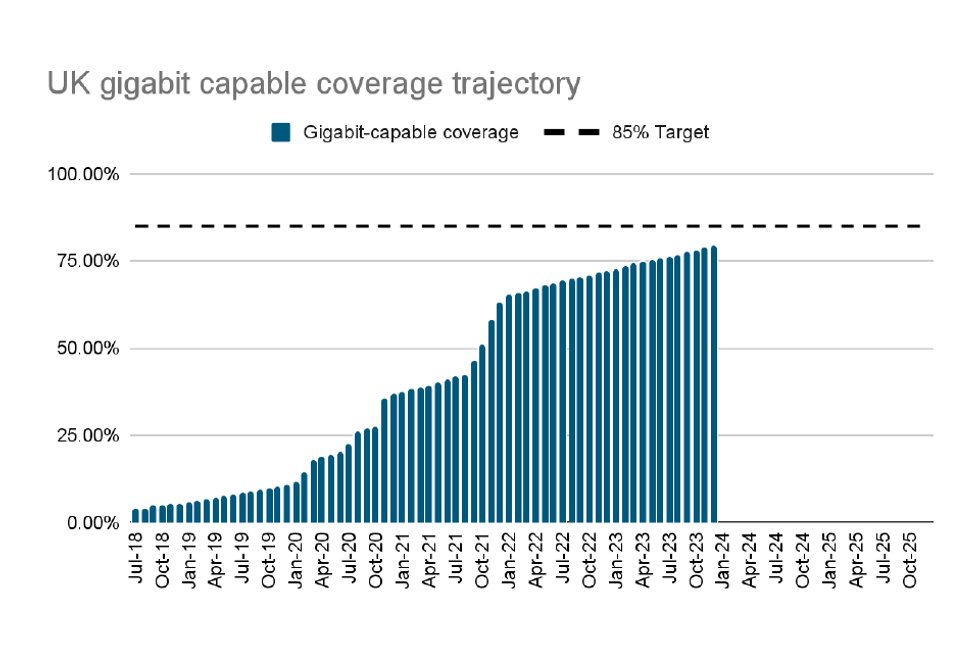
The most recent update from the UK Government on its ongoing push to improve broadband connections across the UK before 20205, the chart shows an increase in connections to high-speed gigabit-capable internet — but campaigners say that uptake is another major barrier
DEPARTMENT FOR SCIENCE, INNOVATION AND TECHNOLOGY
Those impacted by the decision to go all-in with online-only broadcasts will be disproportionately elderly or disabled individuals, rural communities, or low-income households, EY’s report cautions.
That’s because vulnerable members of society are more likely to face barriers to uptake of newer technologies, like cost, location, or digital literacy ― dramatically increasing the risk that they’re excluded from essential TV programming like live sports coverage, news, and entertainment.
Ofcom figures show that 31% of Britons aged 65 and over don’t currently use the internet at home.
The uptake of high-speed broadband is only set to increase by 10% between 2022 and 2040.
And that assumes you’ll have the right broadband connection available to you. Where you live could also determine whether you’re able to watch BBC, ITV, Channel 4, and GB News over online-only services. The areas of the UK where homes are most likely to be without a high-speed connection by 2040 are Northern Ireland (24% of all homes), North East England (21%), Yorkshire and the Humber (20%), North West England (19%), Scotland (19%) and Wales (19%), the report forecasts.
The Broadcast 2040+ campaign, which brings together over 30 organisations, including the Digital Poverty Alliance and Rural Services Network, has issued a statement arguing the data in the report demonstrates the UK Government must act now to safeguard broadcast TV and radio beyond 2040.
CEO of the Digital Poverty Alliance and member of the Broadcast 2040+ coalition, Elizabeth Anderson said: “The Broadcast 2040+ campaign’s mission to safeguard the future of broadcast TV and radio is critical to helping bridge the digital divide that the UK faces. As today’s report makes clear, unless we protect these platforms, we risk putting 5.5 million households at greater risk of digital exclusion and the harms that this will cause. The Government must take urgent and decisive action to ensure vulnerable people across the nation are protected and no one is left behind.”
The final barrier that could leave millions unable to watch television is cost.
Aside from the BBC licence fee, there’s no cost when tuning into linear TV channels using an aerial. Likewise, if you have a satellite dish, Freesat lets you watch dozens of free-to-air channels at no cost.
That’s not the case when the primary delivery method for live television is broadband. Ofcom figures show that roughly one in ten households — that’s 2.4 million across the UK ― find it difficult to afford their current broadband subscription.
Dr Michelle Cooper MBE. Chief Executive of County Durham Community Foundation said: “This report is worrying, and the fact that the North Eastis predicted to have the lowest take-up of broadband in 2040 of all the English regions is even more concerning.
“We just can’t afford to be left behind. More needs to be done to bridge the digital divide and this is not just an issue of internet access; it’s about ensuring inclusivity, equal opportunities for all, and ensuring no one is unplugged from education and society.
“It’s clearer than ever that traditional broadcast TV and radio will continue to play a vital role in this for many years to come, and extension of protection for these services beyond 2034 is required.”
Digital Terrestrial Television, or DTT, better known under its brand name “Freeview’” became the universal way to watch free-to-air television channels nationwide following the digital switchover, which ran between 2007 and 2012. Every major public service channel is delivered over a sprawling network of 1,100 transmitters, including relays, that reach around 98% of households.
For those who are unable to access television via Freeview, satellite broadcasts like Sky TV and Freesat offer an alternative way to watch free-to-air channels.
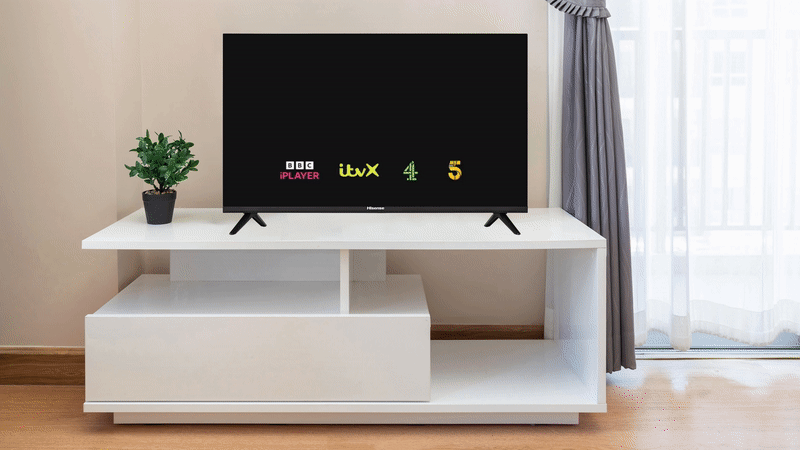 Freely is a completely new platform that promises to beam terrestrial channels and on-demand content to your Smart TV via broadband — with no aerial or satellite dish needed EVERYONE TV PRESS OFFICE
Freely is a completely new platform that promises to beam terrestrial channels and on-demand content to your Smart TV via broadband — with no aerial or satellite dish needed EVERYONE TV PRESS OFFICE
Earlier this month, Everyone TV — the company behind Freeview and Freely — revealed an early look at Freely, which will launch in the coming months as a way to watch live free-to-air channels over a broadband connection.
Several popular TV manufacturers, including Hisense, have already confirmed a partnership with Everyone TV to use Freely as the default way to watch on the flatscreen TVs coming to shop shelves later this year.
Since it relies on an internet connection, Freely will let viewers switch between live and on-demand television from broadcasters including the BBC, ITV, Channel 4, and Channel 5. Everything is streamed to your Smart TV or set-top box, so you’ll be able to pause and rewind live television channels — just like Sky. However, with so much high-quality video content set to be pushed through a wireless or wired internet connection, you’ll need a decent download speed.
Everyone TV hasn’t yet revealed the minimum speed requirements for Freely.
LATEST DEVELOPMENTS
Freely is part of a growing trend towards internet-powered telly. EE TV launched in early December, bringing Freeview channels via broadband to an EE TV Box Pro or Apple TV 4K. You can pause and rewind live television for up to two hours and add Sky TV channels via a NOW membership.
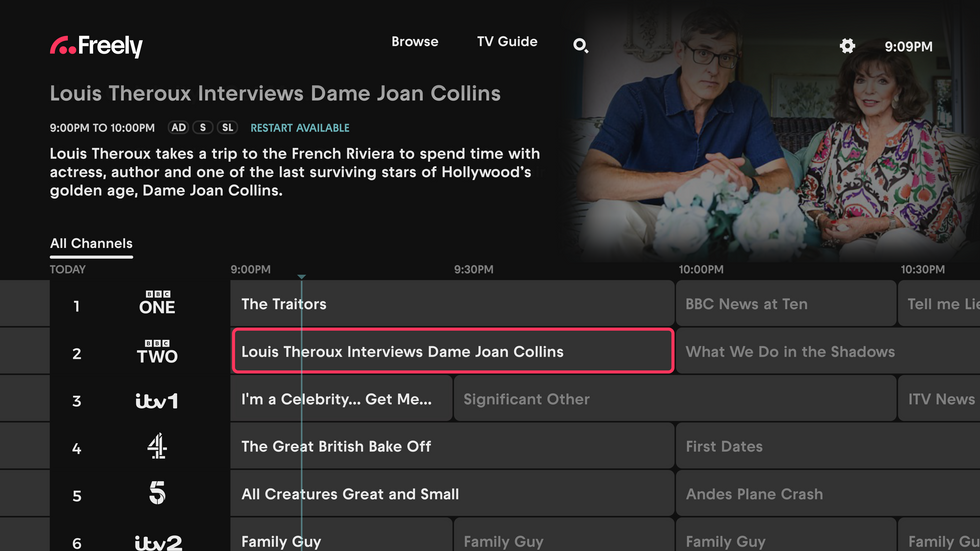
Freely’s TV Guide is pretty similar to the one found on existing Freeview TVs. Everyone TV says the design of the TV Guide will be consistent across all Freely-powered devices …although, unlike Freeview, you’ll need a decent broadband connection to watch any of these channels
EVERYONE TV
It follows in the footsteps of Sky Stream and Sky Glass, which offer the traditional Sky TV experience without the need for a satellite dish. Everything is streamed via Wi-Fi or an ethernet connection, which means there’s no chance of disruption if the weather is terrible.
Reacting to the findings in the EY report, Kerry Booth, who serves as Chief Executive of the Rural Services Network, said: “We welcome today’s report and continue to champion the Broadcast 2040+ Campaign’s work to safeguard the future of Broadcast TV and radio
“In a world moving to ‘digital by default’ we need to ensure that we are not leaving anyone behind. As it stands, there is a risk that our rural residents with poor access to gigabit broadband connection, and poor mobile telephone connectivity, will be excluded from being able to watch television in their own homes. We must ensure that Government policy suits the needs of rural areas and doesn’t leave rural residents at a disadvantage.”
The only TV with Sky inside. So you can stream every channel, show and app over WiFi. No dish. No box. No fuss. ✨ #SkyGlass pic.twitter.com/bzPLhIl8aO
— Sky (@SkyUK) October 7, 2021
EY’s David Coulson added: “The EY study indicates that, despite widespread broadband coverage, universal access for all viewers should not be taken for granted. It is crucial those least likely to have high speed broadband in 2040 continue to have access to television, particularly vulnerable groups such as the elderly, disabled individuals, low-income households, and rural communities.”
24World Media does not take any responsibility of the information you see on this page. The content this page contains is from independent third-party content provider. If you have any concerns regarding the content, please free to write us here: contact@24worldmedia.com
Latest Posts
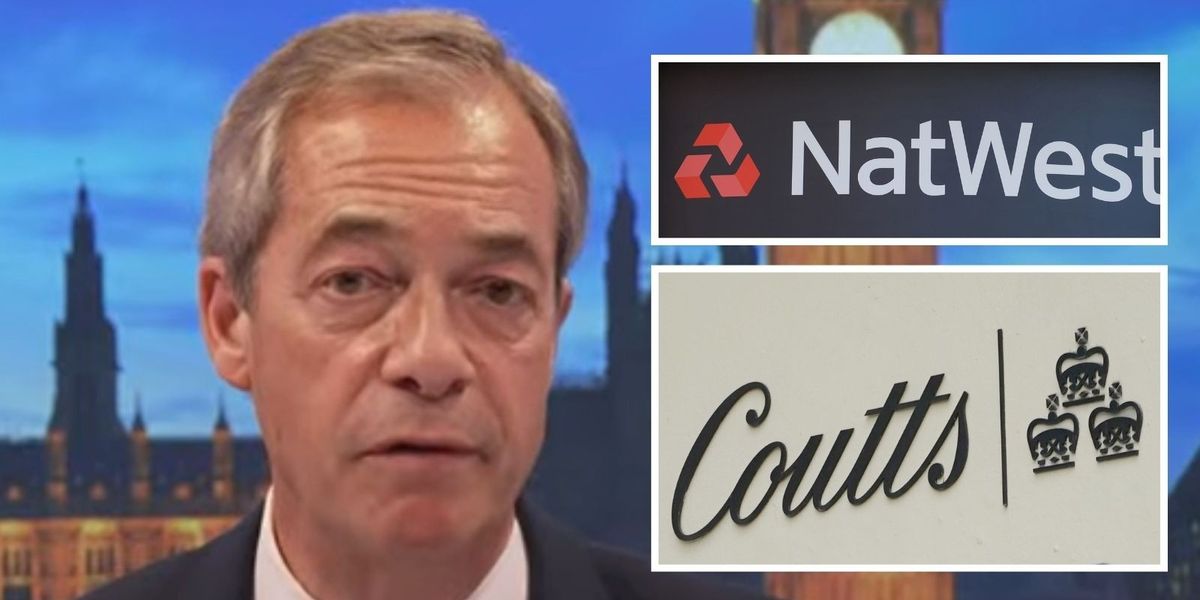
Nigel Farage threatens NatWest with court proceedings to resolve debanking scandal

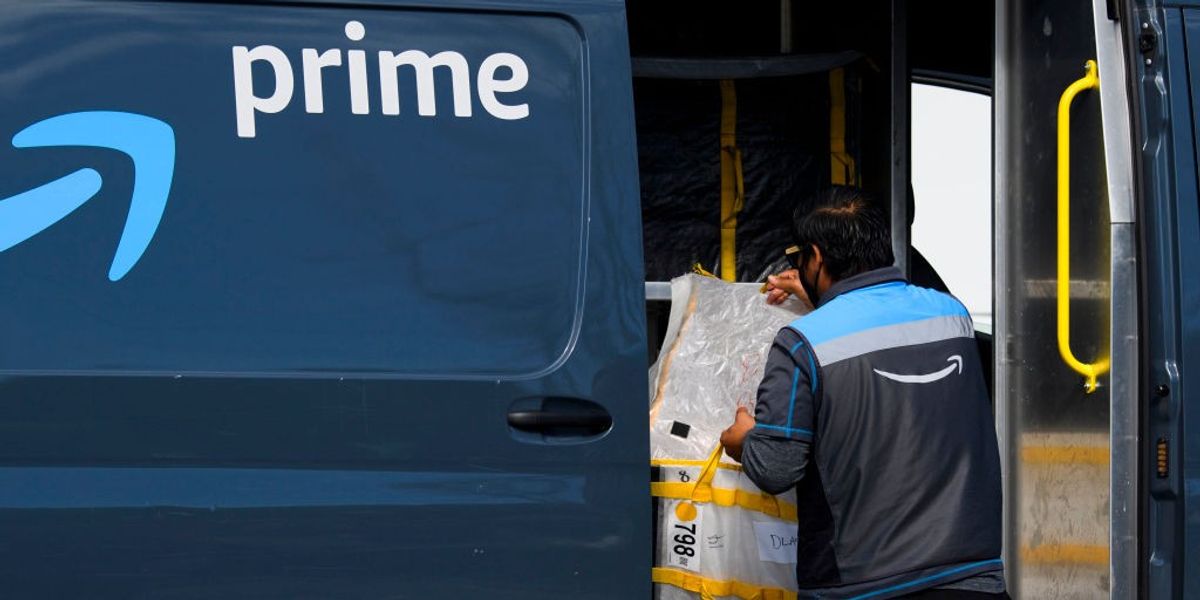
Amazon delivery driver ‘desperate’ for toilet smashed head on into car

Ricky Norwood set for ITV Dancing on Ice axe as dance expert exposes worrying ‘narrowing down’ trend
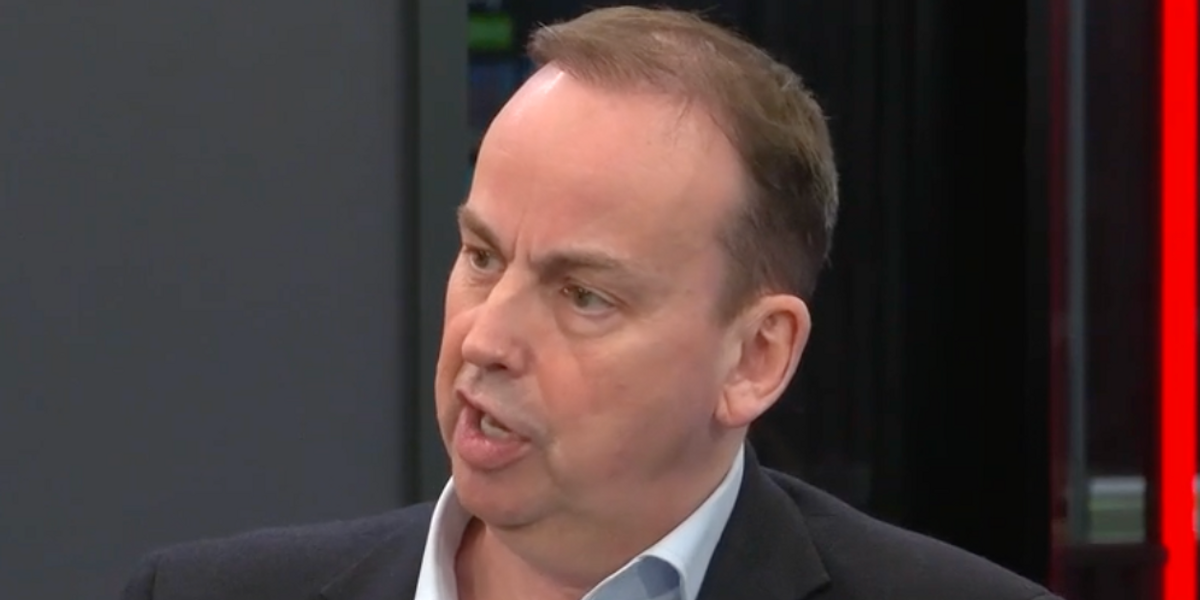

HMRC to give hundreds of thousands of households a £300 tax-free payment from today
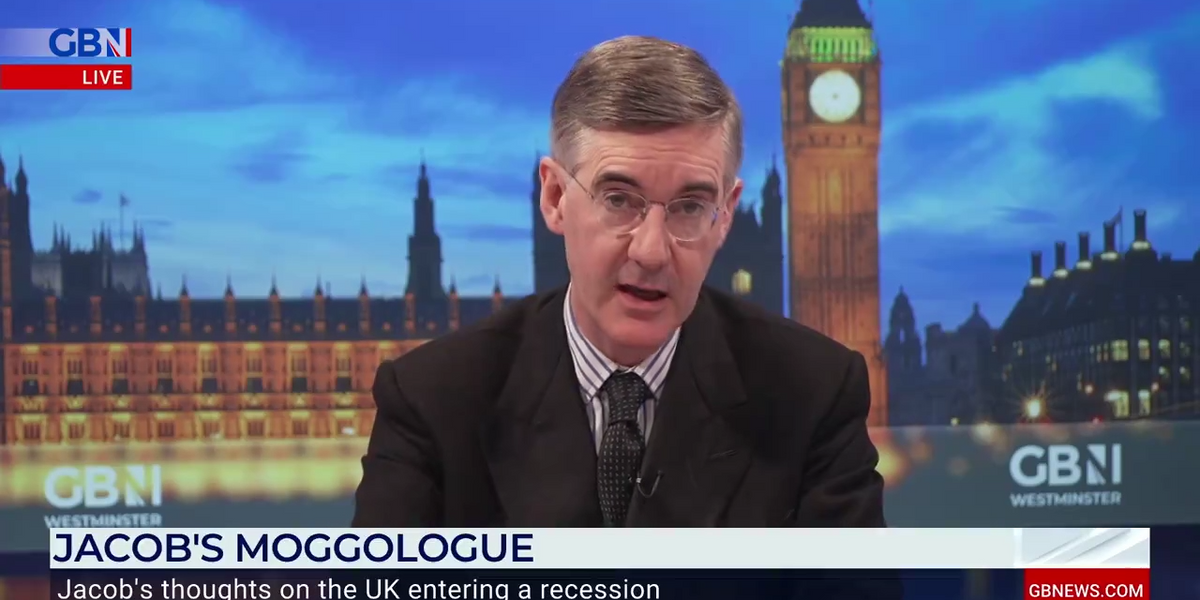
The culpability for this recession must surely lie with the Bank of England
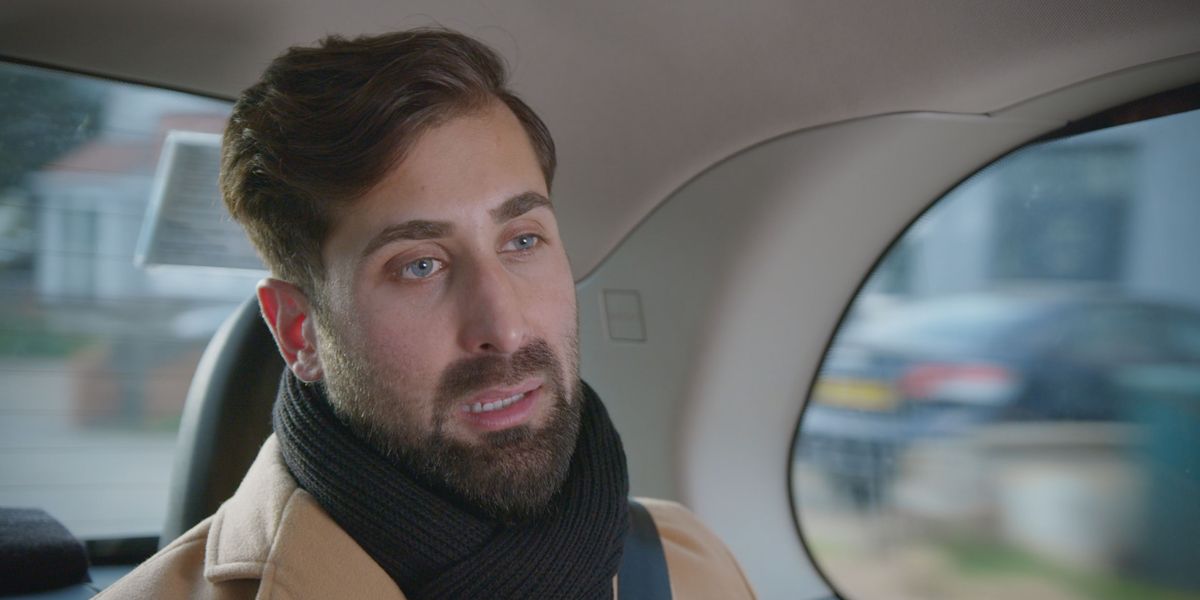
BBC The Apprentice viewers slam ‘awkward editing’ as contestant cut from spin-off show
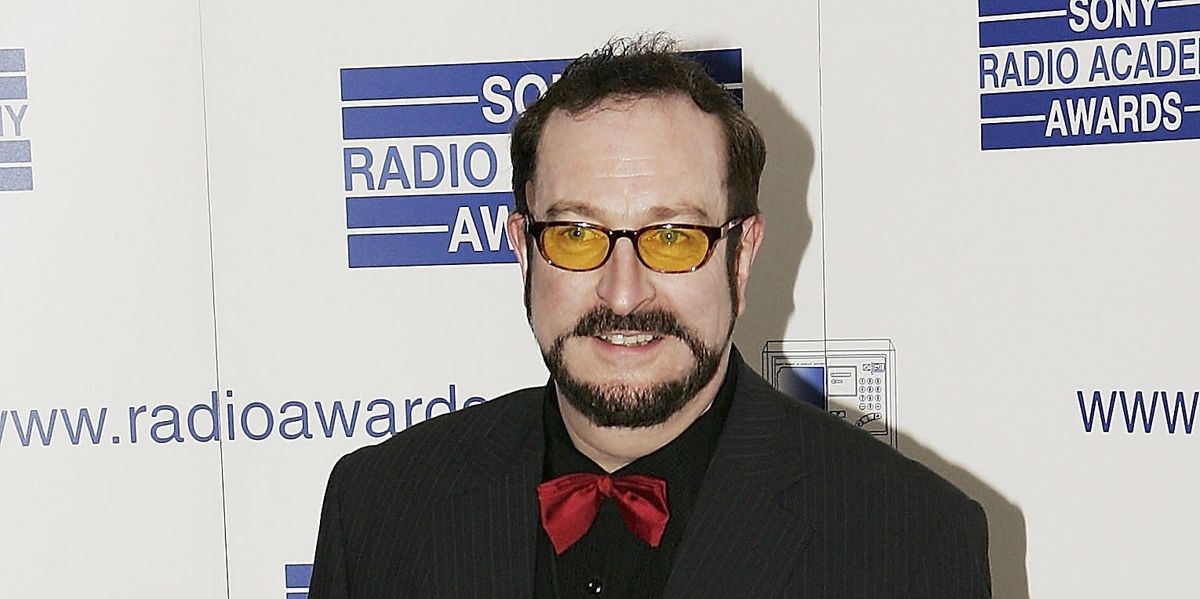
BBC to air Steve Wright’s final Top of The Pops appearance amid backlash for treatment of late star
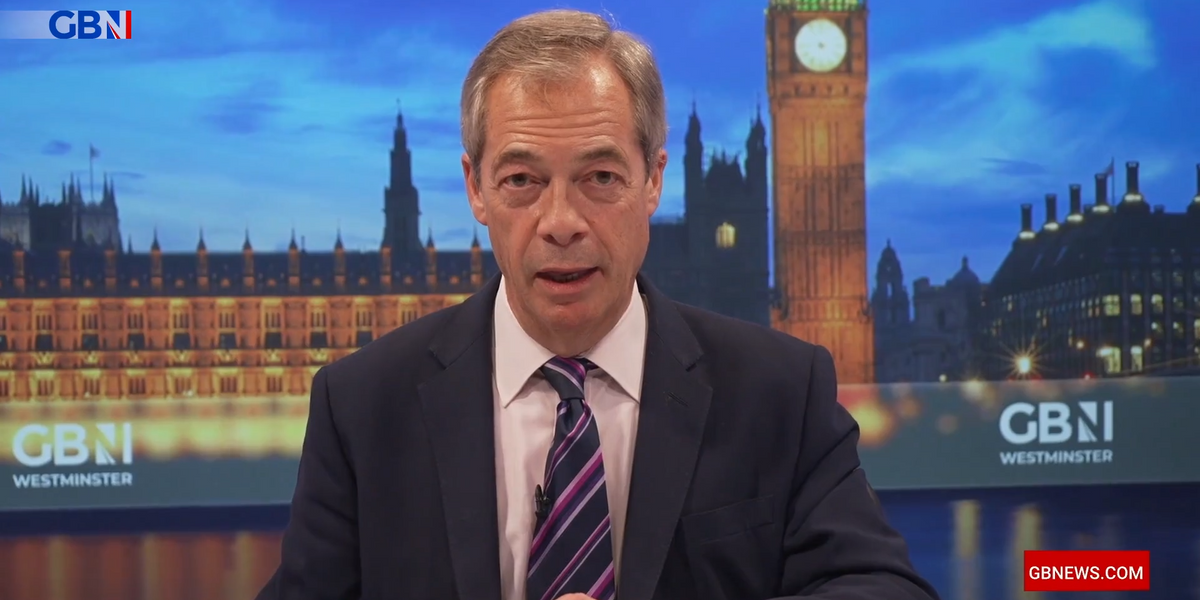
I point the finger of blame far more at the Bank of England than the government on recession